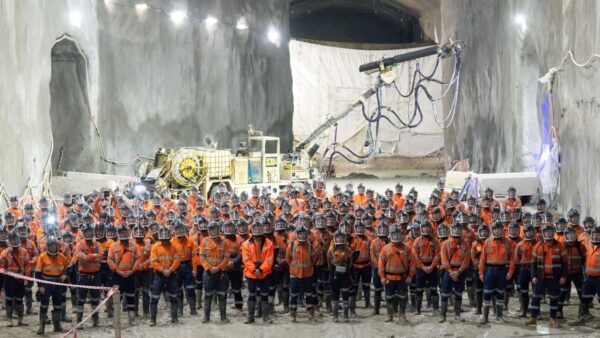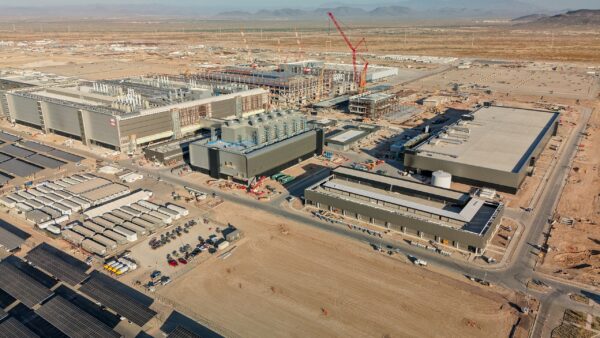The Massachusetts Institute of Technology (MIT) has demonstrated a solar powered construction robot that can print the basic structure of a building.
The system consists of a tracked vehicle equipped with an industrial robotic arm holding a nozzle that squirts liquid construction materials.
A second precision-motion arm can perform craft tasks with tools such as drills and milling heads.
Steve Keating, a mechanical engineering graduate who led the research as part of his PhD thesis, said: “The vision is, in the future, to have something totally autonomous, that you could send to the Moon or Mars or Antarctica, and it would just go out and make these buildings for years. We also wanted to show that we could build something tomorrow that could be used right away, and this could be integrated into a building site tomorrow.”
He added: “The construction industry is still mostly doing things the way it has for hundreds of years. The buildings are rectilinear, mostly built from single materials, put together with saws and nails and mostly built from standardised plans.”
By contrast, an intelligent robot would be able to optimise designs for individual sites.
For example, a building could have thicker, more insulated walls on its north side in cold climates, walls that taper from bottom to top as their load-bearing requirements decrease, or curves that help the structure withstand wind.
Because it can roam, the bot is able to build large structures, unlike most current 3D printing approaches, which have the print nozzle mounted within a rig.
As a proof of concept, the researchers have used the prototype to build the basic structure of a dome with a diameter of 50ft and a height of 12ft – a project that took 14 hours to print.
The robot made the dome with foam-insulation formwork that was later filled by liquid concrete, reports MIT News.
Ultimately, the system is intended to build a structure entirely on its own, or with the help of other bots.
It is equipped with a scoop that could be used to both prepare the building site and acquire local materials such as dirt for rammed-earth designs. It is powered by electricity, which could be derived from solar panels in appropriate locations.
Image: The MIT building bot in action (Steve Keating)
Further Reading:
Comments
Comments are closed.











They say you could fill the inside with concrete but I can’t see how that spray foam would be strong enough to hold concrete inside it. Also I’m pretty sure “solar powered” is not true. They would need huge yuge solar panels to power it to be solar powered.